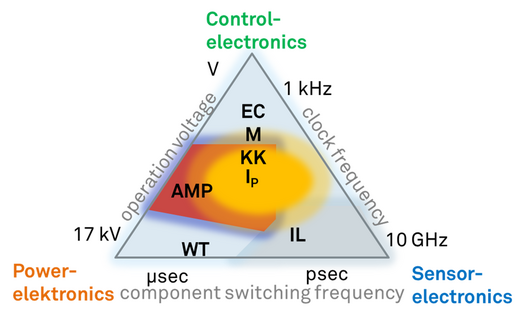SMTA _ Harsh Environment Methoden zur Risikobewertung
The demand increases to check out electronic assemblies for their humidity robustness and signal integrity. In the past the switching thresholds of active components had been relatively high so that they had been tolerant against leakage currents.
Due to the need to reduce the power consumption of electronic modules those switching thresholds degreased. Consequently increased the sensitivity concerning leakage currents which are stimulated by contamination and humidity adsorption. Besides covering the risk scenery there is the need to get confidential test results in more and more shortened time.
So electrochemical migration, corrosion and leakage current failure mechanisms have to be stimulated by a future leading assessment of assemblies’ robustness. The assessment, as it shall be introduced within the presentation, allows to differentiate the stimulated potential failure mechanisms and take much less time than common reliability testing.
The approach is based on the suggestions of IPC 9202, but further elaborated in cooperation with leading automotive tier 1 suppliers. Based on the data out of the test results there is the chance to calculate and compare the compatibility of those data with the switching threshold data of the active devices. That enables to check out whether electrical design, cleanliness and production processes match with the expected climatic stresses at the operation out in the field service.
